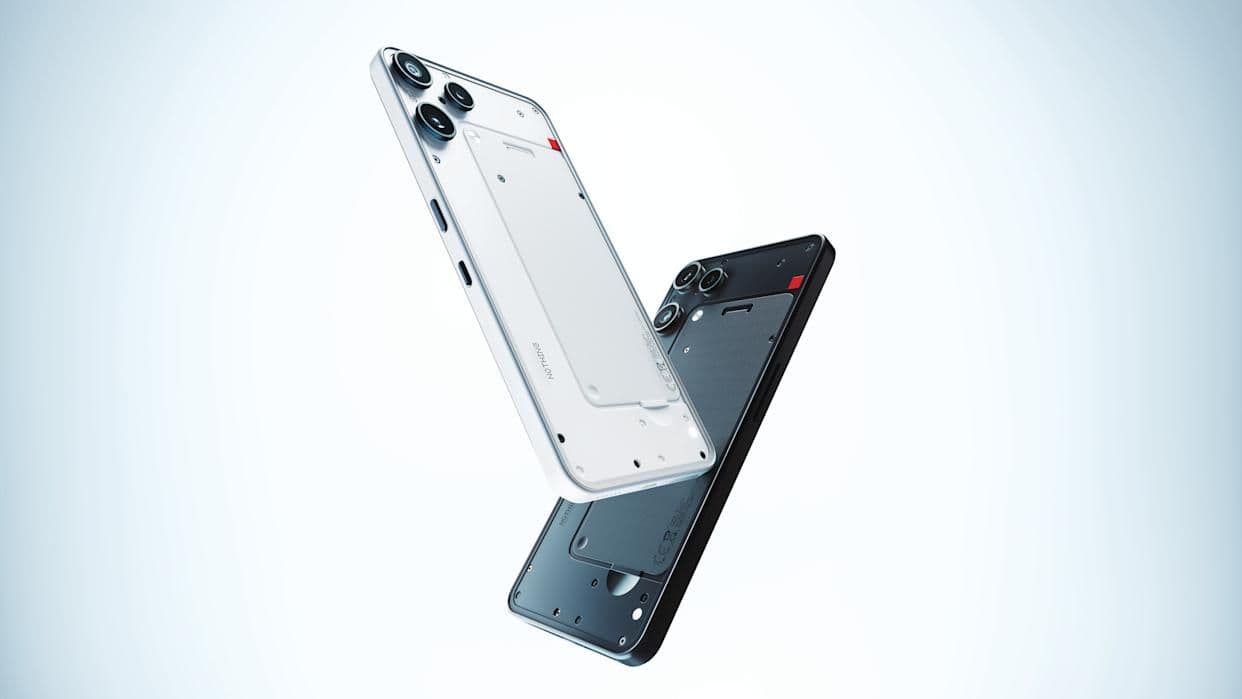Ad

MediaTek Gearing for No. 1 Spot
Follow Us:
4,626 views
While it is a well-known fact that many upcoming flagship devices across various brands are expected to feature Qualcomm's powerful Snapdragon 8 Gen 3 chipset, MediaTek is not one to be intimidated. Industry sources have started leaking information about MediaTek's next iteration, the Dimensity 9300, following the recent launch of the Dimensity 9200+ in May. This indicates that MediaTek is determined to stay competitive and provide viable alternatives in the high-end smartphone market.
Although specific details about the Dimensity 9300 are still emerging, the leaked information has provided us with some insights. The processor is rumored to feature a 2+4+2 configuration, which means it will consist of two powerful Cortex-X4 cores, four Cortex-A7xx cores for balanced performance, and two power-efficient Cortex-A5xx cores. This setup aims to strike a balance between performance and power efficiency, catering to the demands of high-end smartphones.
In contrast, leaks surrounding the Snapdragon 8 Gen 3 suggest that Qualcomm's chipset will have two versions available. One version will adopt a 2+4+2 CPU layout, similar to MediaTek's Dimensity 9300, while the other version will feature a 1+5+2 configuration. The specific differences and advantages of each layout are yet to be fully revealed, and consumers will need to evaluate the real-world performance and efficiency of the chipsets once devices featuring them are released.

It's worth noting that both the Snapdragon 8 Gen 3 and the MediaTek Dimensity 9300 will be manufactured using the TSMC N4P Advanced Node process. TSMC, being the world's largest chip manufacturer, is renowned for its advanced semiconductor fabrication capabilities. This common manufacturing process brings the two chipsets closer in terms of technological prowess and performance potential, setting the stage for a fierce competition in the high-end smartphone market.
Ultimately, the decision of which chipset will be chosen for high-end smartphones will depend on several factors. These include benchmark performance, power efficiency, overall user experience, and the specific requirements and priorities of Xiaomi as a smartphone manufacturer. Consumers can look forward to seeing how these chipsets perform in real-world scenarios and how they enhance the capabilities of Xiaomi's flagship devices.
Latest News





Reviews & Guides
View All

Sony BRAVIA 7 Mini LED K-65XR70 vs. Haier Mini LED H65M95EUX

Samsung QN90F (65QN90FAU) Review: The King of Bright-Room Viewing

LG QNED92: The QNED Powerhouse That's More Than a Bright Alternative

Haier M92: A New Contender in the QD-Mini LED Arena

Top 10 camera Lenses Every Photographer Should Own in 2025

Top 5 Washing Machines to Buy This Diwali 2025

Top 5 Refrigerators to Buy This Diwali 2025

Check out the 5 Best Smartphones to Buy this Diwali!







